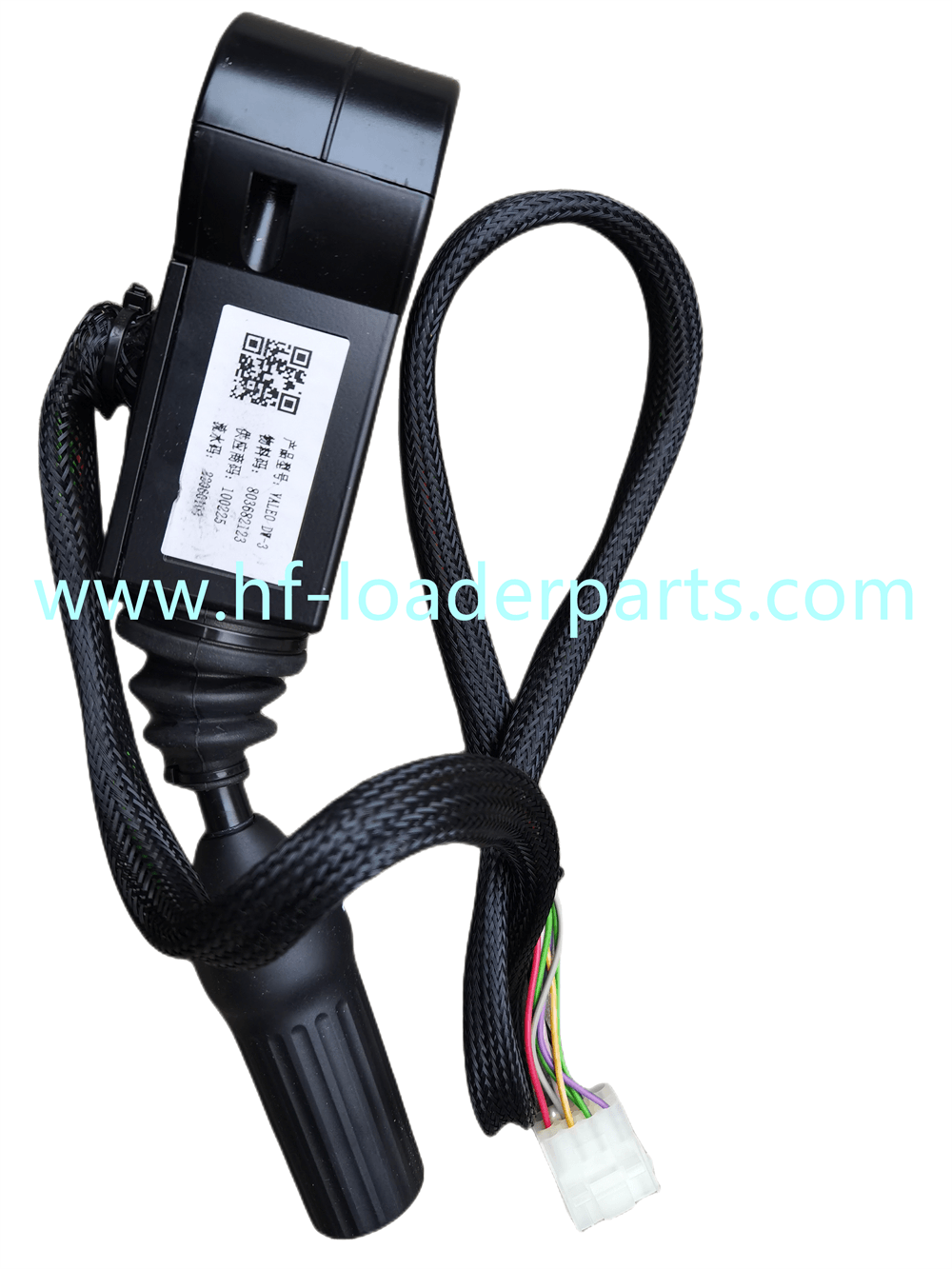The automatic transmission solenoid valve is like a faucet. Different hydraulic fluid flows through different opening degrees, and different pressures are generated. The solenoid valve is controlled by the transmission electronic control module TCU. Basically, the neutral pressure and the pressure in the gear are constant values. The solenoid valve opening is adjusted during shifting to improve shift smoothness. Different solenoid valves control different clutches or brakes and function in different gears. Each gear is controlled by one or more solenoid valves.

Automatic transmission solenoid valve is divided into two types of switch-through current or voltage, so that the internal coil of the battery valve is energized, and then the internal needle valve or ball valve is driven to be displaced so as to block or open the oil passage. It is mostly used to control shifting.
Pulse current duty cycle control, frequency control. Used to adjust the oil pressure.
Solenoid valve can not be idle without oil pressure, because it will be more likely to cause dry burning of the motor in the solenoid valve.
Solenoid valve inspection can be roughly divided into three types. 1. Static inspection Static inspection means that when the ignition switch is OFF, measure the resistance value of the solenoid valve. As shown in the figure, use the tip of the multimeter to connect with the pin of the solenoid valve to observe the instrument screen. If the value shown above is greater than the rated value, it indicates that the coil of the solenoid valve is aging. If the value is less than the rated value, it indicates the short circuit between coils. If the value is infinite, it indicates that the solenoid coil is open. These conditions indicate that the solenoid valve has failed and must be replaced.
2 Dynamic inspection Dynamic inspection refers to the actual working process of the analog solenoid valve. A certain pressure is used instead of the oil pressure. Through continuous artificial excitation of the solenoid valve, it is checked whether the movement of the valve core of the electromagnetic valve is smooth and the sealing performance is good. Apply a certain pressure to the working oil hole of the solenoid valve through the conical rubber head, press the control switch to make the solenoid valve repeatedly turn on and off, and observe the flow variation of the gas flow at the drain port. If the air flow is always present, the solenoid valve seal is indicated. Bad; If there is no air flow, it means that the solenoid valve is blocked and stuck; if the air flow is broken, the solenoid valve is accidentally stuck; if the air flow changes with the action of the solenoid valve, it means that the solenoid valve is normal.
3, hot inspection of the first two checks, and can not be 100% explain the problem, a large number of maintenance examples have proved that some of the solenoid valve in the first two checks are normal under the condition, when the performance of hot conditions but abnormal, Unsatisfactory, creating some strange faults that make maintenance work difficult. As the name implies, the thermal inspection refers to the set temperature that can be achieved when simulating the normal operation of the automatic transmission. The heating device such as a hot air fan or other oil or electricity is used to artificially heat the solenoid valve to its normal working temperature, and then The resistance and dynamic pressurization tests are performed. If the test results at this time are normal, there is no problem with the solenoid valve; if the performance is abnormal, it must be replaced.



